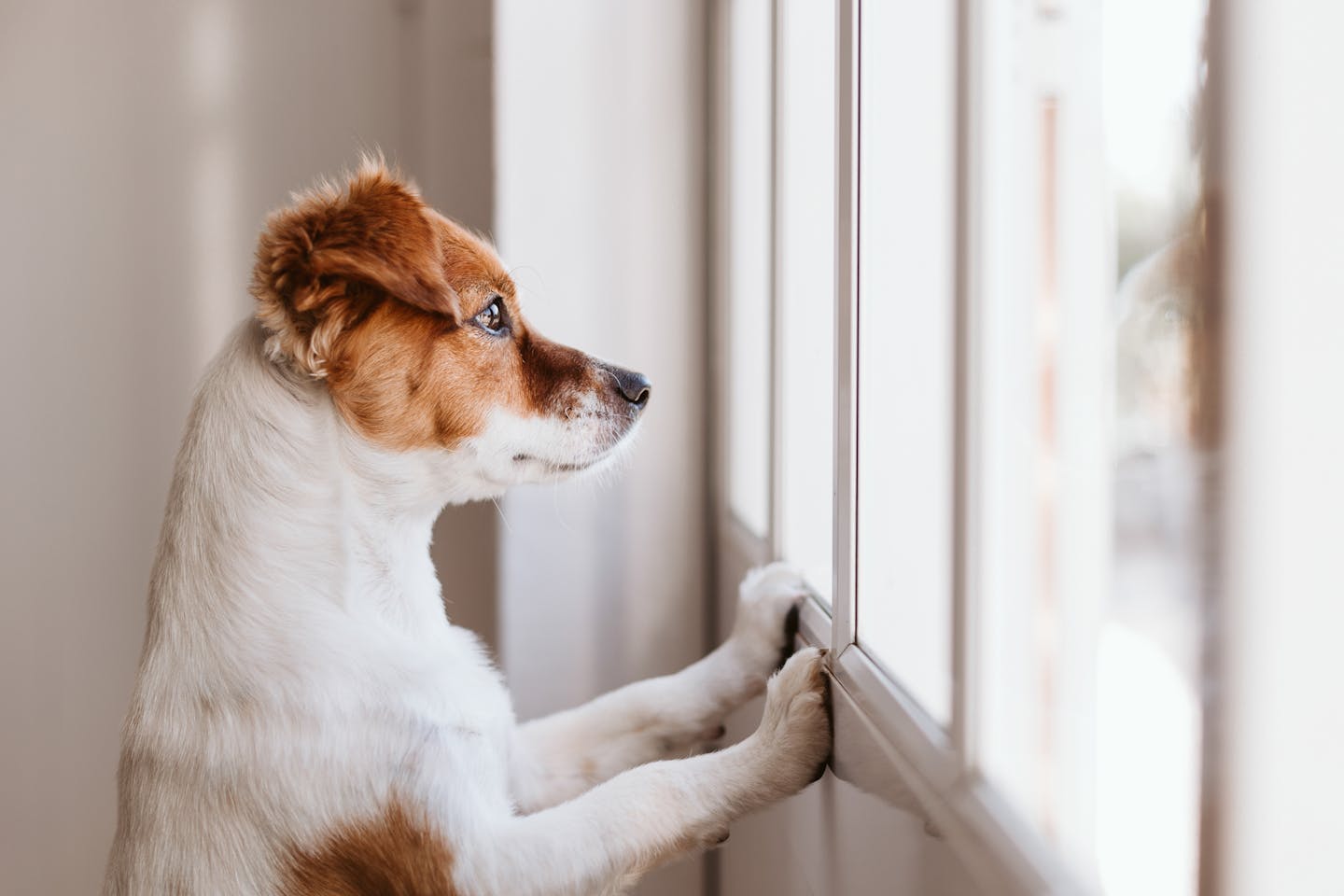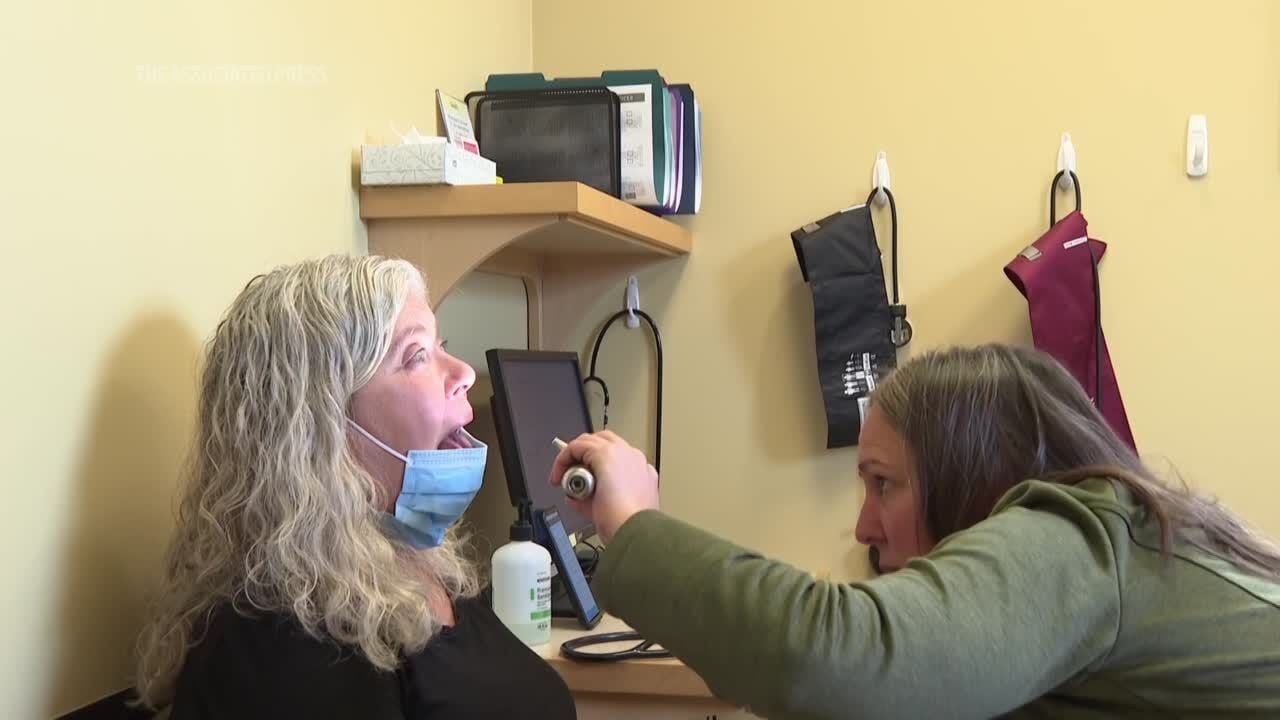As office life resumes, dogs that grew accustomed to constant companionship now face sudden solitude. This article explores why middle-aged pets may struggle most and how owners can help them navigate this new routine.
Opinion | Your pandemic pup doesn’t want you to go back to the office, either

Key Takeaways:
- Returning to the office can cause stress for dogs used to constant company
- Middle-aged dogs often need extra support to adjust to new schedules
- Simple routine changes can ease pets’ anxiety
- Observing signs of distress is crucial to a dog’s well-being
Return to Office, Return to Changes
For many owners who spent the pandemic working at home, the shift back to an in-person schedule can feel abrupt. However, this sudden pivot is equally impactful for pets, especially those who have grown used to frequent companionship. Dogs that once enjoyed round-the-clock company might now find themselves facing long hours alone.
Why Middle-Aged Dogs Struggle
Middle-aged dogs often have set habits, making them more sensitive to changes in routine. While puppies can be adaptable, older pets may be slower to adjust when the household schedule suddenly shifts. Understanding this sensitivity is the first step in helping them cope.
Strategies for Easing the Transition
Owners can create a more comforting environment by introducing small changes before returning to work full-time. Gradually extending solo time, offering engaging toys, or adding a short midday break can make a significant difference for a worried dog. A consistent routine—waking up, mealtime, and walk schedules—helps provide a sense of security.
Observing Your Dog’s Well-Being
Beyond simple adjustments, paying attention to a dog’s behavior is key. Signs of anxiety might include restlessness, excessive barking, or changes in appetite. By staying mindful of these cues and making thoughtful modifications, owners can support their companions through a challenging transition—ensuring that both sides adapt to life outside the home office.











